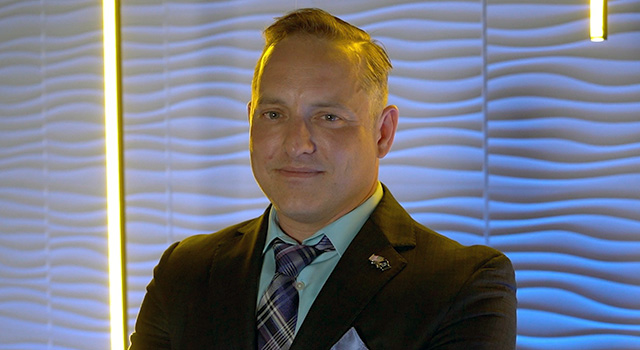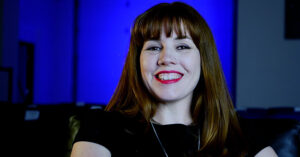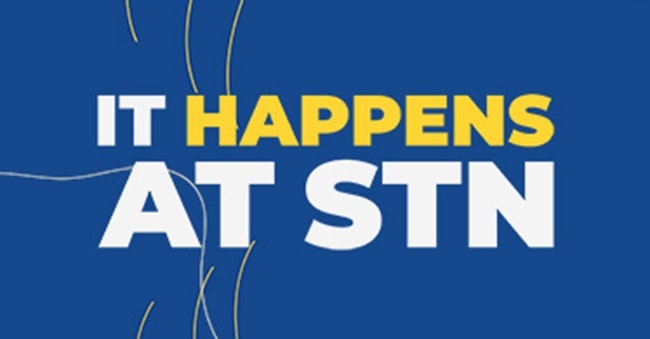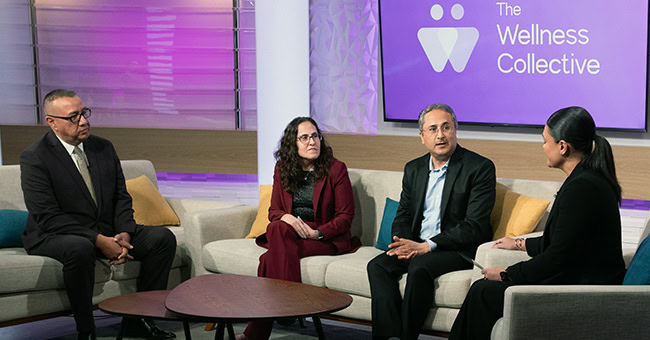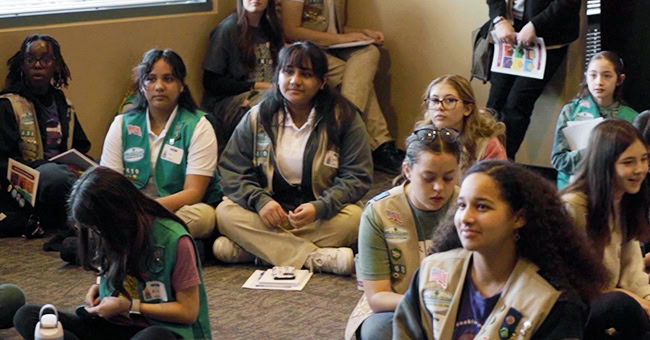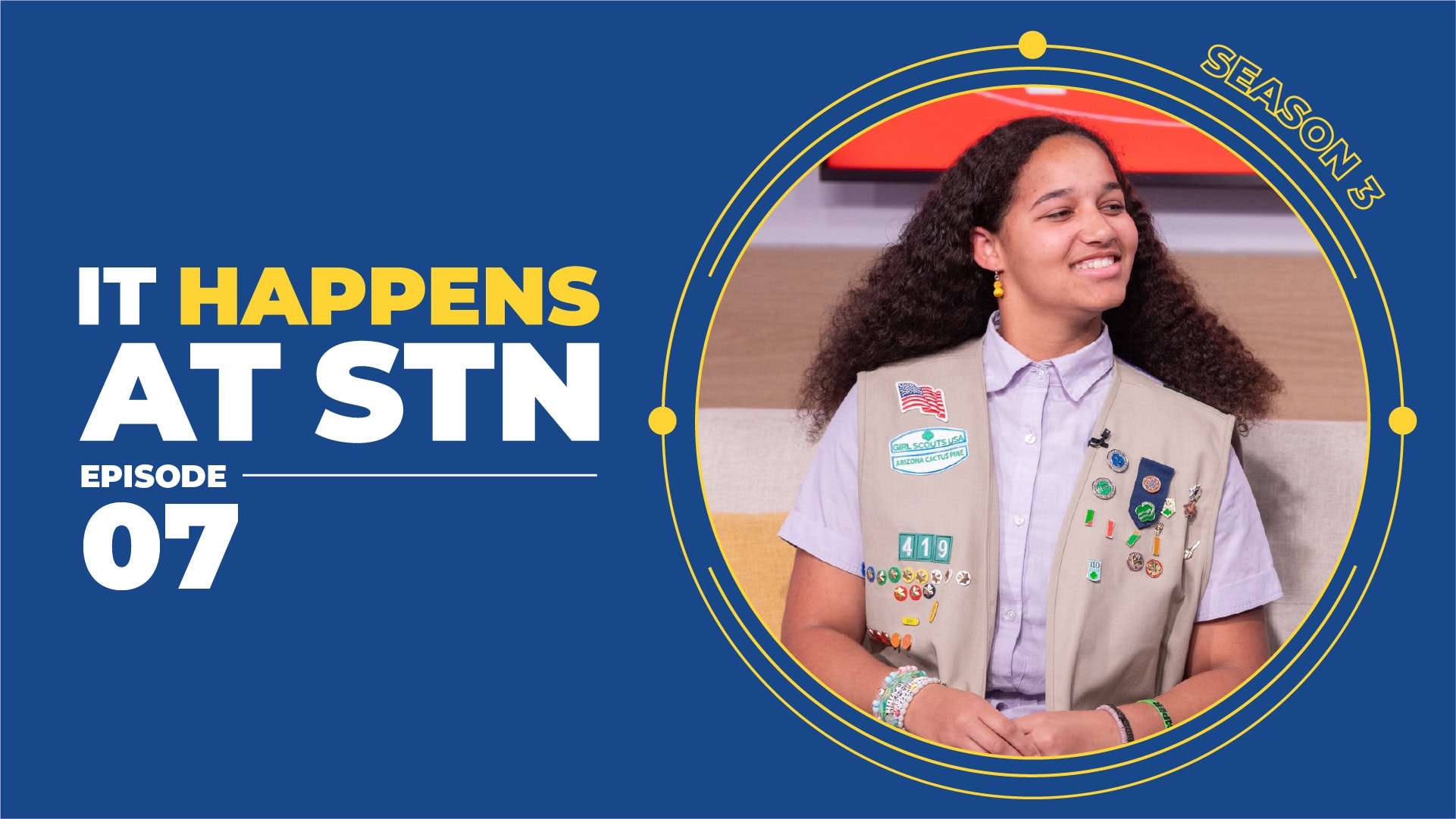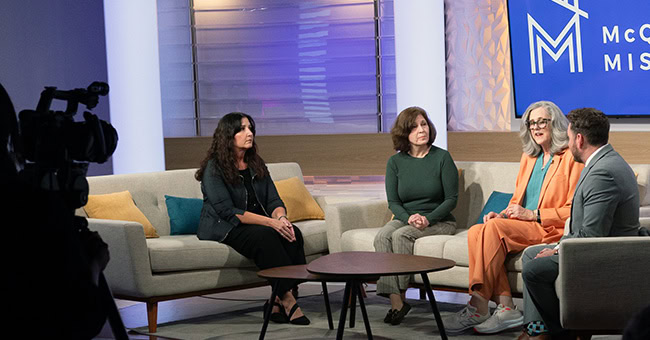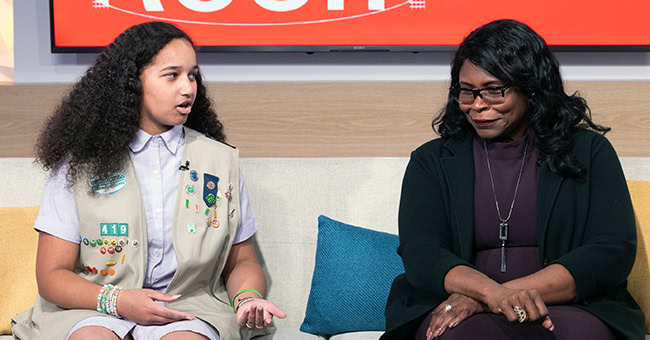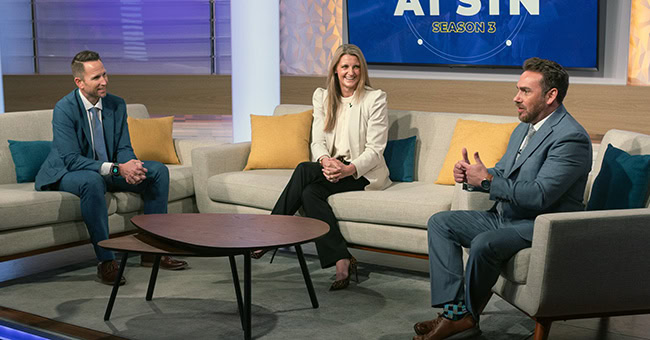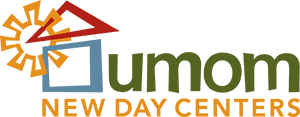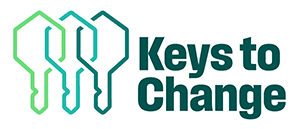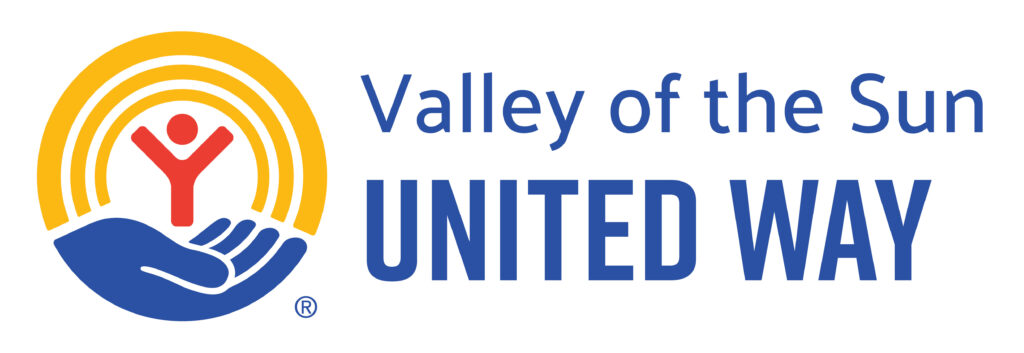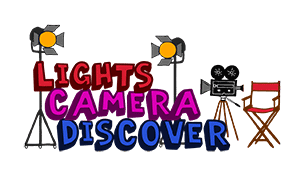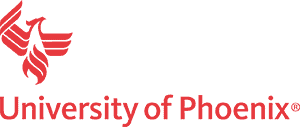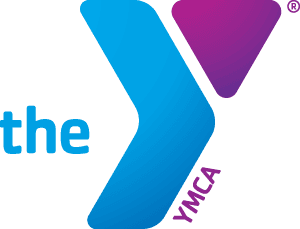Patrick Fitzhugh was born and raised in Arizona where he navigated the challenges of growing up in a single-parent household, reliant on disability checks. Despite the financial hurdles, his mother ensured his active participation in community organizations like the YMCA and Boys and Girls Club, shaping Fitzhugh’s deep-rooted belief in the importance of corporate community investment. Thanks to the support of community programs, he steered clear of potential pitfalls, setting him on a different trajectory.
As the son of an Air Force Academy graduate, Fitzhugh always knew he wanted to serve his country and be part of a cause larger than himself. The events of September 11th fueled his resolve, prompting him to enlist in the military in 2003. For the next four years, he dedicated himself to serving his country.
Upon leaving the military in 2008, Fitzhugh encountered the harsh realities of post-service life, grappling with depression and the challenges of the job market. His determination to support his fellow veterans remained unwavering, leading him to USAA, where he found a platform to continue his mission. Today, at USAA, Fitzhugh tirelessly works to uplift his fellow veterans and enhance the well-being of his hometown.
Web exclusive extended interview below:
STN:
Tell us a little bit about your background. Where did you grow up, and what was your childhood like?
Patrick Fitzhugh:
I grew up in West Phoenix, and my family on my mom’s side has deep roots here in Arizona, spanning over a century. They were cattle ranchers, moving livestock from Texas through Colorado before settling in Arizona in 1906. I take immense pride in my family’s history. They played pivotal roles in building and developing the city we live in today.
Life wasn’t a walk in the park. Mom faced challenges, being on disability for most of my life. Raising a child on disability income is tough, and my heart goes out to her struggles. Yet, despite the hardships, I was fortunate to be plugged into various community programs and services while growing up in a single-parent household in a low-income neighborhood. Whether it was the YMCA, or the Boys and Girls Club, these organizations and their programs were my lifeline.
Looking back on my childhood, I have realized the difference between my path and that of some friends who strayed came down to the support systems I had access to. I owe a debt of gratitude to my mom for ensuring I was involved in these programs, which undoubtedly played a crucial role in shaping the person I am today.
STN:
Talk about your career path, your military service, and how you eventually ended up in the role you are in today as the regional site manager for USAA in Phoenix.
PF:
My dad was an Air Force Academy graduate so I grew up surrounded by stories of service, sacrifice, and duty to something greater than oneself. High school came with dreams of following in his footsteps, but I got sidetracked, tangled up in the wrong crowd, and barely scraped through graduation. Thankfully, some teachers saw something in me and nudged me across the stage, albeit with a lot of summer school.
Then came 9/11, and the call to serve rang louder than ever. So, I fast-tracked my plans and enlisted in 2003, serving as a survival instructor until 2007. The military life was a stark contrast to my upbringing, but I thrived in its structure and purpose.
Post-military, I became a civilian contractor, deployed overseas during Operation Iraqi Freedom, witnessing the harsh realities of war. Despite the toll it took on me, I knew I still wanted to serve the military community back home.
Returning to Arizona in ’08, the job market was tough. Depression loomed, and supportive services were scarce. It took two grueling years and countless rejections before landing a role at USAA.
I’ve always kept that military connection close, whether working at the University of Phoenix doing veteran enrollment or now at USAA. It’s about showing up for others, being present, and continuously learning and growing. The advice I give to new hires is always show up, be present, and never stop learning. It’s the key to success, both in leadership and in life.
STN:
What is the purpose and mission of USAA, and what are the services you provide to your clients? Also, what is your job like on a day-to-day basis?
PF:
USAA has been around for over 100 years and we are dedicated to serving the military community. Membership is often passed down through generations, requiring either personal service or that of a family member. With about 13 million members, we offer a wide range of services including banking, life insurance, and various types of property and casualty insurance, catering to individuals and small businesses alike.
In Phoenix, Arizona, we have a workforce of approximately 4,000 employees, operating out of our impressive 1 million square foot facility located at Happy Valley and I-17. This facility, in my opinion, stands as one of the most beautiful in Phoenix, being platinum LEED certified.
My role at USAA is dynamic and driven by the needs of our campus, our community, and our employees. Some of my primary responsibilities include crisis response, community development, enhancing employee experience, facilitating ethics discussions, and promoting diversity, equity, and inclusion initiatives. However, what truly fuels me is the opportunity to inspire our employees to make a meaningful impact in the community through volunteerism and charitable giving.
I also manage our grant program in the Phoenix marketplace, through which we have invested approximately $5.4 million over the last four years in support of local nonprofit organizations. While there are various other responsibilities that come with my role, it’s these opportunities to make a tangible difference that truly drive and fulfill me.
STN:
Talk about USAA’s approach to giving in the community. It is more than just writing a check and having a ceremony. How do you go about choosing the organizations you want to work with and ultimately give them the funding to help support their cause?
PF:
At USAA, our approach to giving is rooted in addressing societal issues and achieving meaningful outcomes. When we engage with community organizations, our goal isn’t to simply make a public relations spectacle with oversized checks. While we recognize the importance of such visibility for businesses, we intentionally step back to ensure that our brand never overshadows the genuine needs of the community and the organizations we support.
When selecting organizations to collaborate with, I view it as being part of an ecosystem. I prioritize those that are interconnected with other nonprofits and public-private partnerships, rather than operating in isolation. This ecosystem approach fosters collaboration and maximizes impact.
At USAA our giving is data-informed. Just as data underpins our decisions in the insurance and banking sectors, it guides our philanthropic efforts. We seek organizations that not only provide data to justify their work but also focus on tangible outcomes. While numbers can be manipulated, it’s the stories and real-life impacts that truly illustrate the difference being made in the community.
For example, New Pathways for Youth, a mentoring program for underserved youth, exemplifies these criteria. They are deeply data-informed and excel in articulating their impact through compelling stories of volunteerism and transformation.
STN:
Why is collaboration so important to an organization like USAA and others that work to serve the community and what do you look for when you are searching for partners that USAA can collaborate with?
PF:
I’d say the first step is understanding who USAA is and what our approach is to corporate responsibility. You can find that directly on our website on usaa.com under corporate responsibility. It lays out our strategies, some of the work we’re doing and our goals. The reason I say that’s the first step is there’s a lot of causes out here that may not directly align with our mission.
If someone approaches me with a cause and you don’t build the correlation for me as to why this is important to USAA and to our mission and the military members we serve, that’s going to require me to make that correlation. If I don’t see that vision, I’m likely going to move on to the next conversation. I like to start a lot of these with informal chats on what are you trying to accomplish.
What I don’t want to happen is to try and fit the square peg into a round hole. I think organizations can get so excited about their cause or about the resources that a company like USAA could bring into their work that they want to make it fit no matter what. I can usually tell very early on in initial conversation if this is a fit for the mission we are trying to accomplish at USAA.
The second step in my process involves delving into the potential partner’s ecosystem of collaboration. I ask about their connections with other organizations and the nature of their collaborative efforts. Understanding their track record of working collectively is crucial to my assessment.
It’s important to note that USAA operates as an invitation-only organization for grant applications. To be considered for an invitation in February, proactive conversations need to occur well in advance. We have established internal processes supported by a team in San Antonio. Given our size and focus on financial services and the military, our decision-making processes may take longer. Contacting us at the end of January for an invitation is likely too late.
Timing is critical, and with USAA, it may require a more extended conversation before the opportunity for collaboration can materialize.
STN:
Why is it so important to get involved in the community? Why is it important to give back to the community you are serving?
PF:
As individuals and organizations, it’s crucial that we prioritize supporting our community. When I look back at my own childhood, I am reminded of peers and friends who didn’t receive the support they needed to reach their full potential. Personally, I feel grateful to have surpassed my own expectations many times over. When we think about the future of Phoenix and society at large, it’s essential to envision the kind of community we can all thrive in.
At USAA, we recognize the benefits of being located in Phoenix, from the incredible talent pool to the unique culture that thrives here. There’s something special about the culture of giving back that permeates through our employees. This focus on community involvement not only enriches Phoenix but also contributes to our workplace talent and retention. When people are engaged in serving causes larger than themselves, they are more likely to remain committed, which is reflected in our historically high retention rates.
Having experienced the challenges of transitioning out of the military myself, I often advise veterans to volunteer and get involved in serving community needs. It’s through this engagement that individuals can find fulfillment and purpose beyond their military service. As an organization, we recognize our responsibility to support the community that sustains us. However, the benefits extend beyond corporate responsibility – engaging in community service has personal rewards as well.
Personally, I’ve found solace and fulfillment in serving the mental health needs of veterans, especially as someone who has struggled with mental health issues in the past. Even on the toughest days, showing up and contributing to the community leaves me feeling uplifted and inspired.


